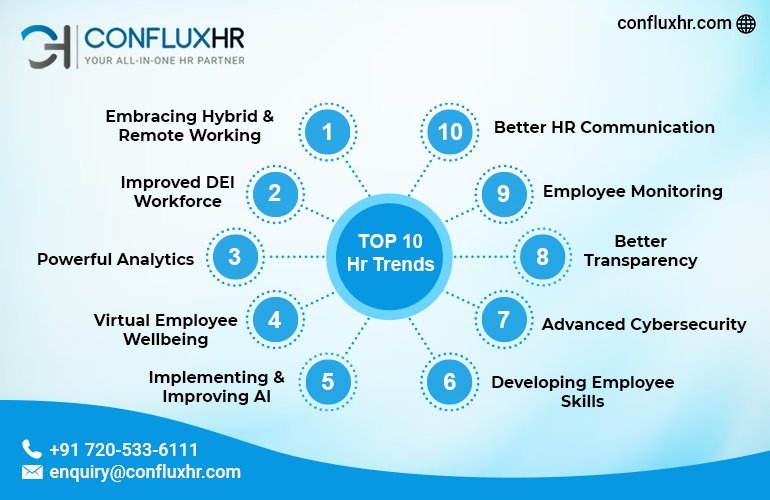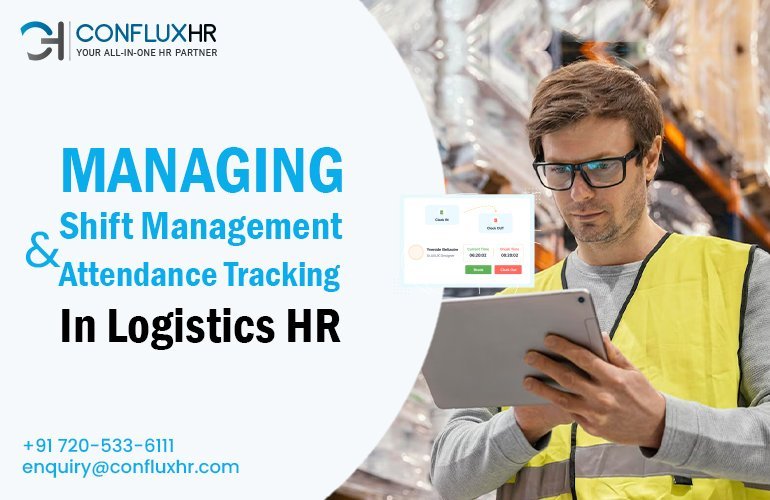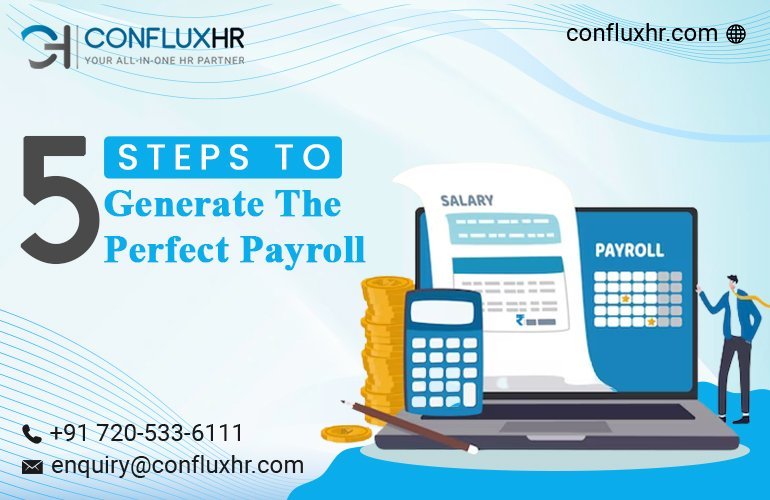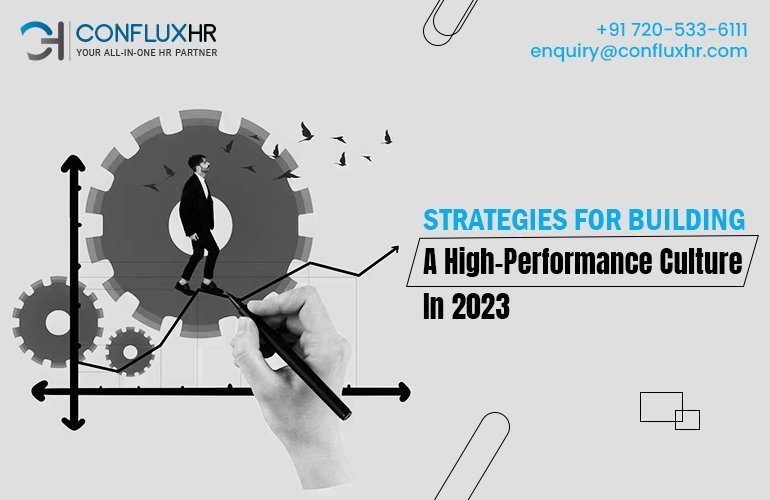In today’s fast-paced business landscape, human resource management is undergoing a significant transformation. The integration of technology into HR processes has brought forth a wave of innovation, revolutionizing how organizations manage their workforce.
From recruitment and onboarding to performance management and employee engagement, HR tech trends are reshaping the way HR professionals operate.
In this blog, we will delve into the top 10 HR tech trends that are shaping the future of human resource management. By staying abreast of these innovations, you can empower your HR team and elevate your organization’s people practices to new heights.
Advanced Recruitment and Talent Acquisition Strategies:
- Explore new approaches to candidate sourcing, screening, and selection to attract top talent.
- Leverage innovative recruitment tools and platforms to streamline the hiring process.
Data-driven HR Analytics:
- Harness the power of HR data to gain insights and make informed decisions.
- Utilize analytics to measure employee performance, identify trends, and drive strategic workforce planning.
Enhanced Employee Engagement Strategies:
- Foster a culture of engagement through personalized experiences and targeted initiatives.
- Implement innovative employee engagement practices to boost motivation and productivity.
Performance Management Redefined:
- Shift towards continuous performance management to provide real-time feedback and coaching.
- Implement agile goal-setting methodologies to improve performance and development.
Upskilling and Continuous Learning Programs:
- Invest in employee development with comprehensive upskilling and learning initiatives.
- Embrace digital learning platforms and microlearning modules for convenient and effective training.
Remote Work Optimization:
- Adapt HR practices to support remote work arrangements and hybrid work models.
- Implement flexible policies and leverage remote collaboration tools for seamless communication and collaboration.
Streamlined HR Processes:
- Optimize HR operations through automation and digitization.
- Implement efficient systems for leave management, attendance tracking, and payroll processing.
Enhanced Employee Well-being Initiatives:
- Prioritize employee well-being through holistic wellness programs and initiatives.
- Promote work-life balance, stress management, and mental health support.
Agile Organizational Structures:
- Embrace agile methodologies to enhance flexibility and responsiveness in HR practices.
- Foster cross-functional collaboration and empower teams to adapt to changing business needs.
Compliance and Data Security:
- Stay updated with evolving HR regulations and ensure data privacy and security.
- Implement robust HR systems and policies to maintain compliance.
Conclusion
The HR tech landscape is constantly evolving, presenting exciting opportunities for organizations to transform their HR management practices.
From advanced recruitment strategies to data-driven analytics, employee engagement initiatives to remote work optimization, and streamlined HR processes to enhanced well-being programs, modern HR trends are reshaping the way HR professionals operate.
Embracing these innovations can lead to improved efficiency, productivity, and overall organizational performance.
How Can ConfluxHR Help?
At ConfluxHR, we understand the importance of leveraging technology to drive HR excellence. Our comprehensive HR management software is designed to empower businesses by streamlining processes, enhancing collaboration, and enabling data-driven decision-making.
With ConfluxHR, you can revolutionize your HR operations and unlock the full potential of your workforce.
To experience the transformative power of ConfluxHR and learn how it can drive success for your organization, book a demo with us today. Let us show you how our robust features, user-friendly interface, and customizable solutions can align with your unique HR needs.
Don’t miss out on the opportunity to stay ahead in the ever-changing business landscape. Join the ranks of forward-thinking organizations that are embracing HR tech trends and revolutionizing their HR practices.
Book a Demo with ConfluxHR now and embark on a journey of HR excellence. Take the first step towards transforming your HR management with ConfluxHR today!
Remember, the future of HR management is here, and with ConfluxHR, you can seize the opportunities it presents and drive your organization towards greater success.












